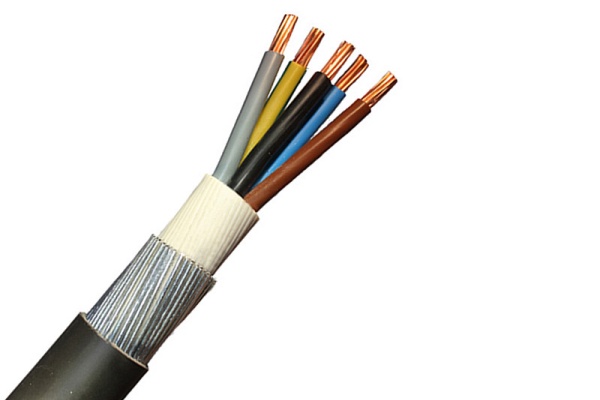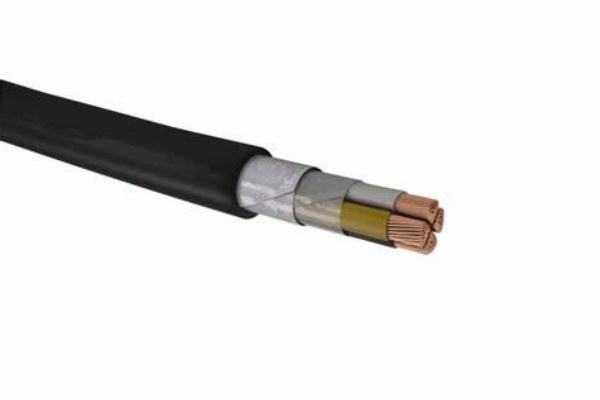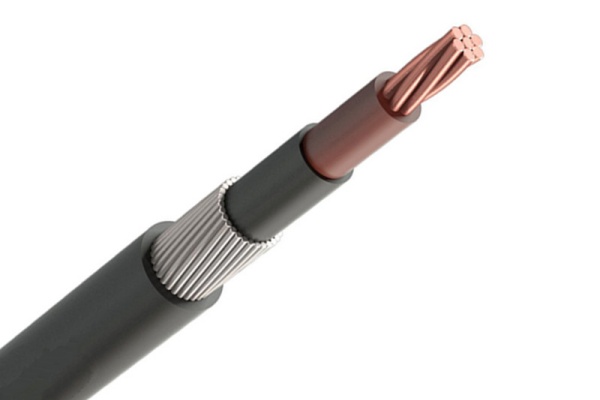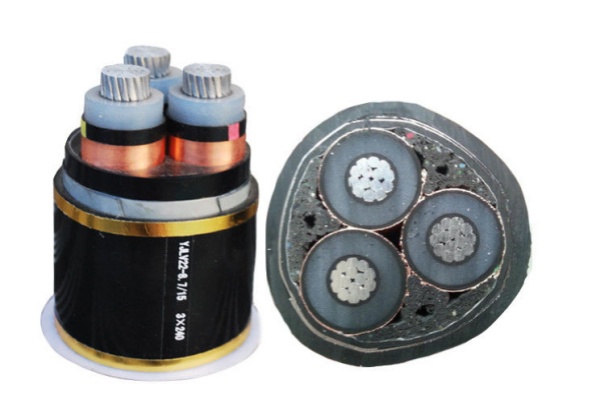In the world of electrical cables, armored cables stand out as robust and reliable options for various industrial and commercial applications.
Among the many types of armored cables, SWA, STA, AWA, and ATA cables are particularly noteworthy.
These cables differ in construction and application, and understanding these distinctions is crucial for selecting the right type for your project.
In this article, ZMS Cable delves into the specifics of these armored cables, focusing on their unique features and ideal uses.
Armored cables are designed with an additional layer of protection to safeguard the internal conductors from mechanical damage, environmental stress, and other external factors.
Depending on the cable type and intended application, this armor can be made of steel, aluminum, or other materials. These cables are commonly used when durability, safety, and reliability are paramount.
Armor Material: Steel wires wrapped around the cable core.
Conductor: Typically made of copper or aluminum.
Insulation: Often made of XLPE (cross-linked polyethylene) or PVC (polyvinyl chloride).
Sheath: A protective outer sheath, usually made of PVC.
High tensile strength due to steel wire construction.
Effective protection against mechanical damage.
Suitable for underground and outdoor use.
Power distribution networks.
Industrial installations.
Underground and open-air installations.
Areas requiring resistance to mechanical stress.

Armor Material: One or more layers of steel tape.
Conductor: Usually copper or aluminum.
Insulation: XLPE or PVC.
Sheath: PVC or other protective materials.
Steel tape provides good resistance to compression.
Lighter and more flexible compared to SWA cables.
Offers less tensile strength than SWA.
Cable trays and conduits.
Indoor installations.
Locations where flexibility is more critical than tensile strength.

Armor Material: Aluminum wires wrapped around the core.
Conductor: Typically aluminum.
Insulation: XLPE or PVC.
Sheath: PVC or similar material.
Lightweight compared to SWA cables.
Non-magnetic properties make it suitable for single-core applications.
Resistant to corrosion.
High-voltage single-core power cables.
Environments where weight is a concern.
Situations requiring non-magnetic properties to reduce eddy current losses.

Armor Material: Aluminum tape layered around the core.
Conductor: Copper or aluminum.
Insulation: XLPE or PVC.
Sheath: Typically PVC.
Provides a combination of lightweight and flexibility.
Suitable for moderate mechanical protection needs.
Non-magnetic and corrosion-resistant.
Indoor installations.
Cable trays and conduits.
Applications requiring lightweight and moderate protection.

| Feature | SWA | STA | AWA | ATA |
|---|---|---|---|---|
| Armor Material | Steel wires | Steel tape | Aluminum wires | Aluminum tape |
| Weight | Heaviest | Moderate | Lightweight | Lightest |
| Magnetic Properties | Magnetic | Magnetic | Non-magnetic | Non-magnetic |
| Flexibility | Less flexible | More flexible | Moderately flexible | Highly flexible |
| Scenario | SWA | STA | AWA | ATA |
| Underground Use | Excellent | Suitable | Limited | Limited |
| High Voltage Single Core | Unsuitable (magnetic issues) | Unsuitable | Ideal | Limited |
| Corrosion Resistance | Moderate | Moderate | High | High |
| Weight-sensitive Projects | Unsuitable | Suitable | Excellent | Excellent |
When selecting an armored cable, consider the following factors:
Mechanical Protection Needs: SWA is the best choice for high mechanical protection.
Weight Constraints: AWA and ATA are preferable for weight-sensitive installations.
Flexibility: STA and ATA are more flexible than SWA and AWA.
Electrical Requirements: For single-core high-voltage applications, AWA is ideal due to its non-magnetic properties.
Environmental Conditions: Aluminum-based armor (AWA and ATA) offers better corrosion resistance.
SWA, STA, AWA, and ATA armored cables cater to diverse needs, each excelling in specific construction and application scenarios. SWA cables are perfect for heavy-duty and underground use, while STA cables shine in indoor and flexible setups. AWA cables are the go-to for high-voltage single-core installations, and ATA cables balance flexibility with lightweight construction.
By understanding the distinctions between these armored cable types, you can make informed decisions that ensure safety, efficiency, and durability in your projects. When in doubt, consult a cable expert to match your requirements with the right armored cable solution.